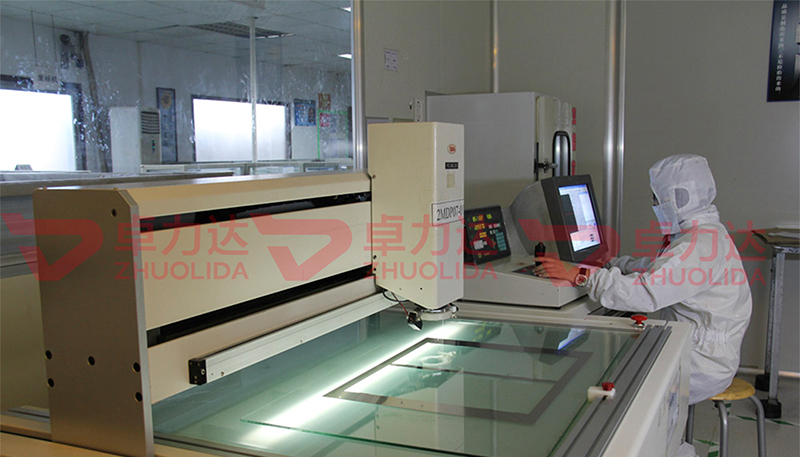
Etching stainless steel for metallography involves revealing the microstructure of the material to study its grain structure, phases, or defects. Metallographic etching is a critical step after sample preparation (cutting, mounting, grinding, and polishing) and is specific to the stainless steel type and the features you wish to observe.
Here’s a guide to etching stainless steel for metallography:
Cutting: Section the stainless steel sample using a precision saw to avoid altering the microstructure.
Mounting (optional): Embed the sample in resin if handling a small piece or for edge retention.
Grinding:
Use progressively finer grit sizes (e.g., 240 → 600 → 1200 grit) on wet grinding paper to create a smooth surface.
Ensure scratches from each step are removed in the subsequent one.
Polishing:
Use diamond paste (6 µm → 3 µm → 1 µm) or alumina slurry on a polishing cloth.
Achieve a mirror-like finish, free of scratches and deformation.
The choice of etchant depends on the type of stainless steel (ferritic, austenitic, martensitic, or duplex) and the microstructural features to be studied. Common etchants include:
| Etchant | Composition | Application |
|---|---|---|
| Kalling's No. 2 | 5 g CuCl₂, 100 mL HCl, 100 mL ethanol | General-purpose for austenitic stainless steel. |
| Glyceregia | 1 part glycerol, 1 part HNO₃, 1 part HCl | Reveals grain boundaries in austenitic stainless steel. |
| Vilella’s Reagent | 1 g picric acid, 5 mL HCl, 100 mL ethanol | Highlights martensitic or ferritic microstructures. |
| Aqua Regia | 1 part HNO₃, 3 parts HCl | Corrosion studies and general microstructural analysis. |
| Electrolytic Etching | 10% oxalic acid solution | Clean and precise, useful for duplex stainless steel. |
Caution: Always handle etchants in a fume hood with proper protective equipment.
Chemical Etching:
Immerse or swab the polished sample with the etchant.
Monitor the reaction carefully. The etching time varies (5–60 seconds).
Rinse the sample immediately with water and then with ethanol to stop the reaction.
Dry the sample with compressed air or a soft cloth.
Electrolytic Etching:
Use an electrolyte solution (e.g., 10% oxalic acid).
Connect the sample as the anode (positive lead) in an electrolytic cell.
Etch at 6–10 V for 5–30 seconds.
Rinse and dry the sample.
Examine the etched sample under a metallurgical microscope at various magnifications.
Features like grain boundaries, inclusions, and phases (ferrite, austenite, martensite) should now be visible.
Select the Right Etchant: Use the appropriate etchant based on the stainless steel type.
Polish Thoroughly: Poor polishing can obscure microstructural details.
Control Etching Time: Over-etching can damage the surface or blur details.
Safety Precautions: Handle chemicals carefully and dispose of them according to local regulations.
Quality Control: Inspecting grain size, phase balance, and weld quality.
Failure Analysis: Identifying cracks, inclusions, or corrosion patterns.
Research: Studying the effects of heat treatments or manufacturing processes.
Contact: andy_Lai
Phone: 18938693450
E-mail: yw9@zldsmt.com
Add: Building A3, Huafa Industrial Park, Fuyong Town, Fuyuan Road, Fuyong Town, Baoan District, Shenzhen,China